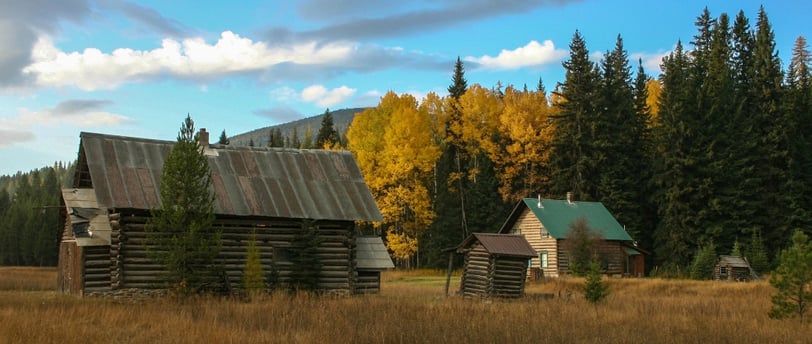What should you do first on a new homestead?


On a new homestead, your first steps are crucial for establishing a solid foundation. Here's a list of essential tasks you should prioritize:
Secure Shelter: Before anything else, ensure you have a place to stay on the homestead. This could mean setting up a temporary shelter like a camper or tent, or if possible, start building a more permanent structure like a cabin or small house.
Water Source: Establish a reliable water source. If there's no existing well or water supply, consider digging a well, setting up rainwater collection systems, or exploring other water options.
Basic Infrastructure: Create essential infrastructure such as fencing to secure your property and keep unwanted animals out. This is especially important if you plan to have livestock.
Garden Area: Start preparing the ground for your garden. Clear any weeds or debris and start tilling the soil. Depending on the season, you can start planting some fast-growing vegetables.
Tools and Equipment: Acquire the basic tools and equipment you'll need for homesteading. This may include gardening tools, hand tools, and any necessary machinery.
Electricity and Power: If possible, arrange for electricity or consider setting up alternative power sources like solar panels or generators.
Food Storage: Start planning for food storage options, such as a root cellar or pantry, to preserve your harvest and food supplies.
Learn the Land: Spend time observing the land, its natural resources, and the local wildlife. Understanding the terrain and environment will help you plan better for the future.
Local Regulations: Familiarize yourself with any local regulations and permits required for specific homesteading activities, such as building structures, keeping livestock, or selling products.
Connect with Neighbors: Introduce yourself to your new neighbors and join local community events. Networking with other homesteaders and farmers can provide valuable insights and support.
Health and Safety: Prioritize health and safety on your homestead. Know basic first aid and have essential medical supplies readily available.
Set Realistic Goals: Establish clear, achievable goals for your homestead. Whether it's self-sufficiency, income generation, or a mix of both, having a vision will guide your decisions and efforts.
Remember that homesteading is a continuous learning process. Be patient with yourself and take small steps towards progress. As you settle into your new homestead, you'll gain valuable experience and gradually build the self-sufficient and sustainable lifestyle you desire.
